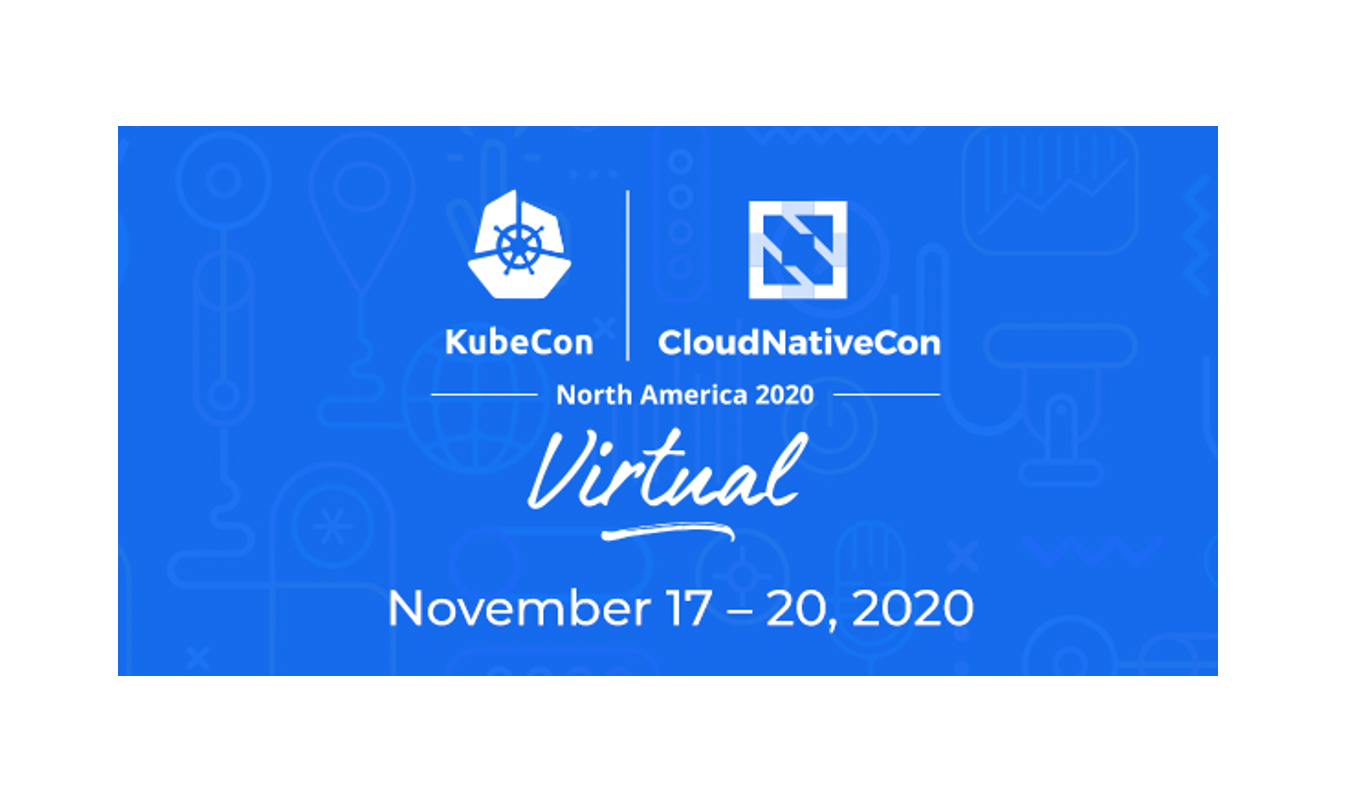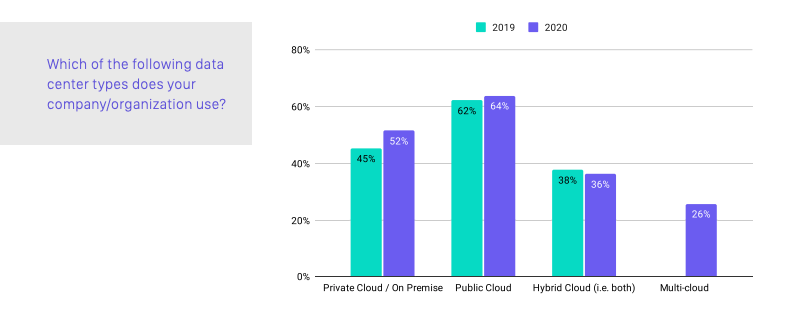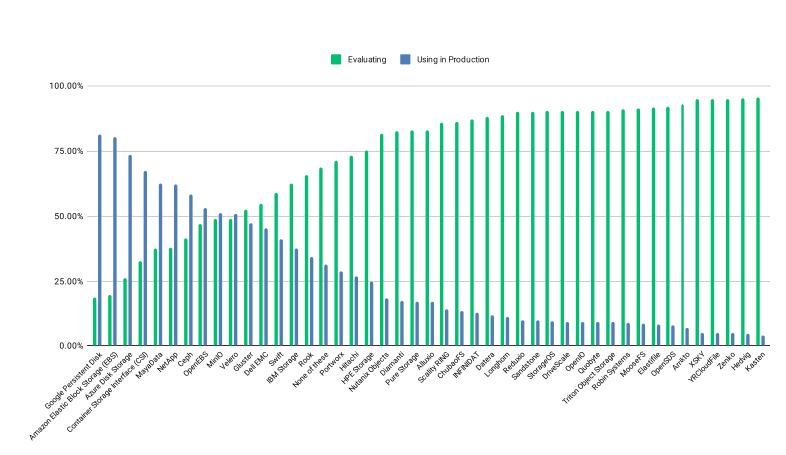Six Takeaways from KubeCon 2020

Kubecon went virtual this year and let’s be honest, it wasn’t the same – on any level. It lacked the electricity, the enthusiasm and interaction that makes this a geek version of the holiday season. Still, the content was outstanding and continues to serve as the engine of this amazing event.
Each Kubecon is a major milestone – an opportunity to assess progress, evaluate trends and understand the competitive landscape. Here are our takeaways from Kubecon 2020:
1) Open source software is the default approach for all things cloud native. To be sure, there are great proprietary options, but for every one of them, there are at least five open source alternatives. While licensing will differ from project to project, the concept that open source isn’t enterprise is over and done with. Enterprises see the value of large communities, understand how the diversity of those communities makes the software better and more secure and appreciates the transparency that the model offers. This is already moving beyond “cloud-native” and will become the enterprise default in the coming years.
2) Security is becoming a major focus for Kubernetes deployments. This is a function of the maturity of the technology as well as the increasing number of large production deployments that it supports. DevOpsSec contains a number of components including security automation, security culture, silo elimination and the shifting security left/test early approach. Depending on who you talk to there are more or less. Ultimately, this is about creating readily-consumable security frameworks that are enabled by default and allow the DevSecOps teams to keep pace with their much larger developer customer base. This is complicated in a Kubernetes world as the pace of development is so much faster. Two things matter here: one, software dominates, two, simplicity scales. If you deliver on these you have a good foundation.
3) Security is one of the forces driving the Service Mesh movement. This area received a fair amount of attention at Kubecon this year, with a number of new announcements and vendors. The proliferation of microservices is the driver of adoption and whether that is six or a dozen, when, where and how remains a company by company decision. Nonetheless, the attraction of managing security, reliance and observability at the platform layer vs. at the application layer has appeal for organizations that are scaling their microservices deployments.

4) The private cloud is accelerating faster than the public cloud. This was a key finding in the CNCF annual survey. This speaks to the repatriation phenomena that we have discussed previously. Learn on the cloud, understand the workload and use case then repatriate to the private cloud for economics, security, manageability and performance. We expect this trend to accelerate over the next year. This trend is behind AWS’ recent Lens offering - they know customers have picked up on this and they are trying to find ways to stem the outflow.

5) The power/complexity tradeoff is front and center. The power of Kubernetes is rivaled only by its complexity. While some amazing work has gone into simplifying K8s, the key is to ensure that the simplification does not impair the performance. Finding the right balance is a function of the organization's technical capabilities and goals, but there are a range of options now – a significant improvement over last year.
6) Storage becomes a first-class citizen in the Kubernetes stack. Occasionally overlooked, storage directly impacts performance, scale, security and resilience. Developers now know that traditional POSIX based approaches are not a fit for the world of K8s. While object storage has cemented itself as the cloud-native storage class, in particular, modern, software defined, lightweight solutions are winning the workloads. There will be a fairly large shakeout over the next year as traditional, appliance-based object storage solutions start to disappear.

As a high-performance, born in the cloud, software defined object store that prizes simplicity - we like how the market is developing. Currently, 63% of our instances are containerized. Of those 42% are managed via Kubernetes. That is close to full penetration of the market today.
To learn more about why we are the leader in Kubernetes object storage for the private cloud be sure to check out these resources.
- A Quick, Comprehensive Primer on the MinIO Kubernetes Operator: Soup to Nuts Description and Demonstration of the MinIO Kubernetes Operator including the integration of S3 applications. View on YouTube
- Why Kubernetes Needs Object Storage: From Artifact to Application: Presented at Kubecon2020, MinIO Engineer Daniel Valdivia takes a tutorial approach to using object storage alongside Thanos, Harbor and Velero. In the process he details why object storage is the natural storage option for Kubernetes. View on YouTube
- Documentation: Deploying MinIO on Kubernetes
- MinIO and VMware Tanzu
- Downloads: Helm Charts and CLIs
- Blog: Everything Kubernetes
- Our MinIO Kubecon 2020 Survey
As always, don’t hesitate to reach out to engage with us about the technology or the MinIO Subscription Network (SUBNET). SUBNET combines a commercial license with 24/7 direct-to-engineer support, access to the Panic Button, diagnostics, architecture reviews and host of other features. Given that our Kubernetes code is licensed under AGPL v3, a commercial license is the optimal deployment strategy for most enterprises.
